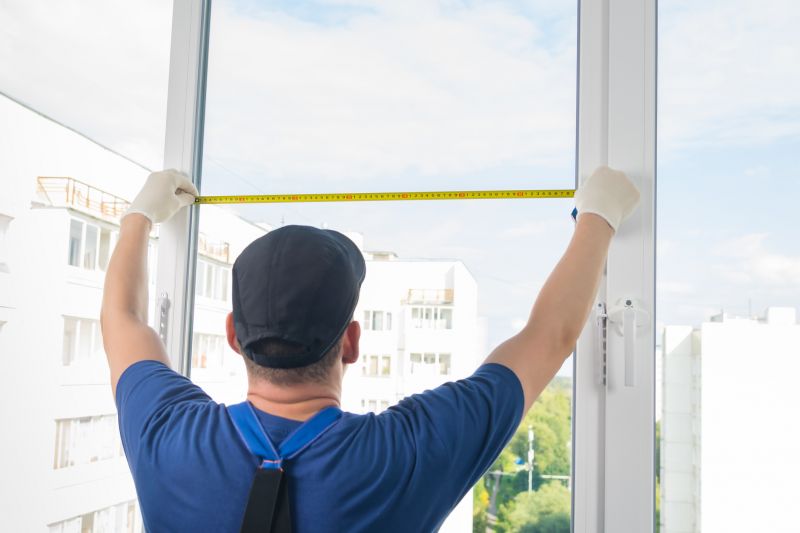Optimal Timing for Windows Installations
Choosing the optimal time for Windows installations can impact system performance and downtime. Factors such as workload, software updates, and hardware compatibility play a role in determining the best period for installation activities.
Perform Windows installations during times of minimal activity, such as late evenings or weekends, to reduce disruption.
Timing installations around scheduled updates ensures compatibility and reduces conflicts.
Before installation, verify hardware compatibility during planned maintenance windows for smoother setup.
Avoid peak business seasons to minimize operational impact during Windows upgrades.

Image of server room at night with minimal activity.

Image of a technician preparing for system updates.

Image of hardware components being tested before installation.

Ways to make Windows Installations work in tight or awkward layouts.

Popular materials for Windows Installations and why they hold up over time.

Simple add-ons that improve Windows Installations without blowing the budget.
Windows installations are a critical component of maintaining system security and performance. Proper timing ensures minimal disruption and maximizes the effectiveness of updates and upgrades. System administrators often plan installations during scheduled maintenance windows to align with organizational policies and operational needs.

Technician installing Windows updates in a data center.

Office worker during scheduled update window.

Screen showing backup process before installation.

Technician testing hardware components.

High-end options that actually feel worth it for Windows Installations.

Finishes and colors that play nicely with Windows Installations.

Little measurements that prevent headaches on Windows Installations day.

A 60-second routine that keeps Windows Installations looking new.
| Timing Consideration | Best Practice |
|---|---|
| Low-Usage Hours | Schedule installations during late evenings or weekends. |
| Update Cycles | Align with software update schedules for compatibility. |
| Hardware Checks | Perform hardware assessments before installation. |
| Seasonal Timing | Avoid peak business periods to minimize impact. |
| Backup Timing | Complete data backups prior to installation during planned downtime. |
| Maintenance Windows | Coordinate with organizational maintenance schedules. |
| User Activity | Notify users and plan around peak activity times. |
| System Readiness | Ensure system readiness before initiating installation. |
Effective planning for Windows installations can lead to smoother updates, reduced downtime, and improved system stability. Regularly reviewing and adjusting installation schedules based on organizational needs ensures optimal performance and minimal disruption.

Team discussing scheduled Windows updates.

Server undergoing Windows installation.

Email notification about upcoming Windows updates.

Technician verifying system stability after updates.

A frequent mistake in Windows Installations and how to dodge it.

Small tweaks to make Windows Installations safer and easier to use.

Lower-waste or water-saving choices for Windows Installations.

The short, realistic tool list for quality Windows Installations.
Interested in scheduling Windows installations? Filling out the contact form can provide the necessary information to plan and execute updates efficiently, ensuring systems remain secure and operational with minimal interruption.



